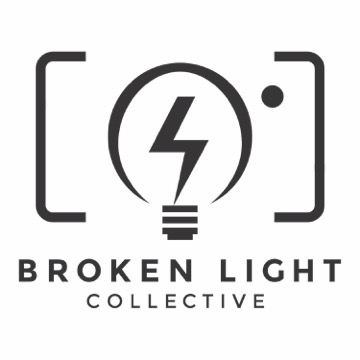 Seven years ago, Danielle Hark founded Broken Light Collective, a nonprofit organization that offers photographers affected by mental health challenges a space to share their work. Here, she talks about creating a venue to share both her own work and the work of other artists.
Seven years ago, Danielle Hark founded Broken Light Collective, a nonprofit organization that offers photographers affected by mental health challenges a space to share their work. Here, she talks about creating a venue to share both her own work and the work of other artists.
What is Broken Light Collective?
Danielle Hark: Broken Light Collective is a nonprofit organization that helps empower people affected by mental health and developmental challenges using photography. We strive to create safe and accepting environments, both online and through live exhibitions and workshops, where photographers of all levels affected by mental illness can display their work, as well as inspire one another to keep going and keep creating, despite any challenges they encounter. The types of photography we feature vary greatly, and include self-portrait, nature, abstract, and street photography. No matter the genre, through art we can observe and share in the darkness and light of living with mental illness.
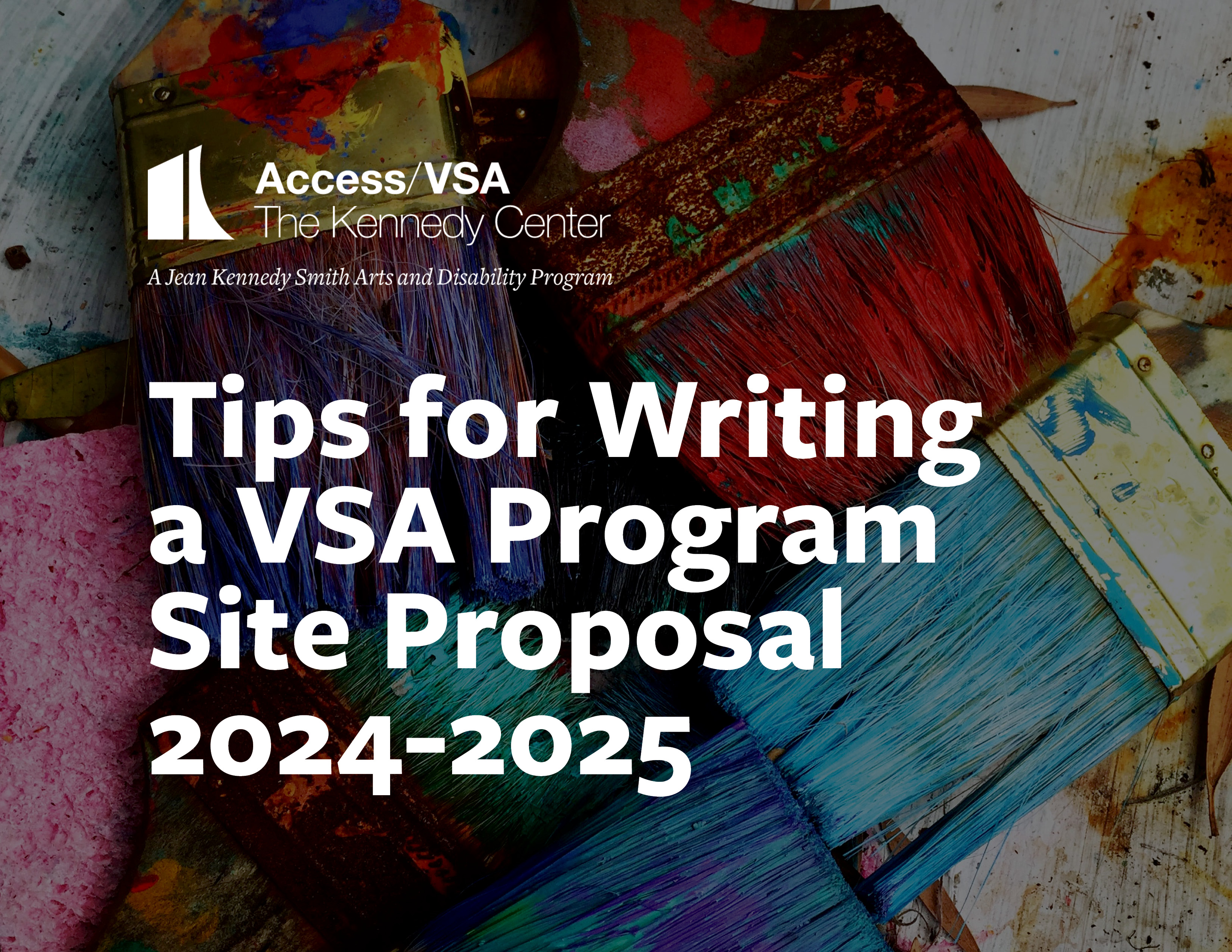


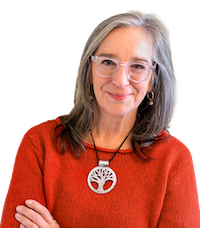
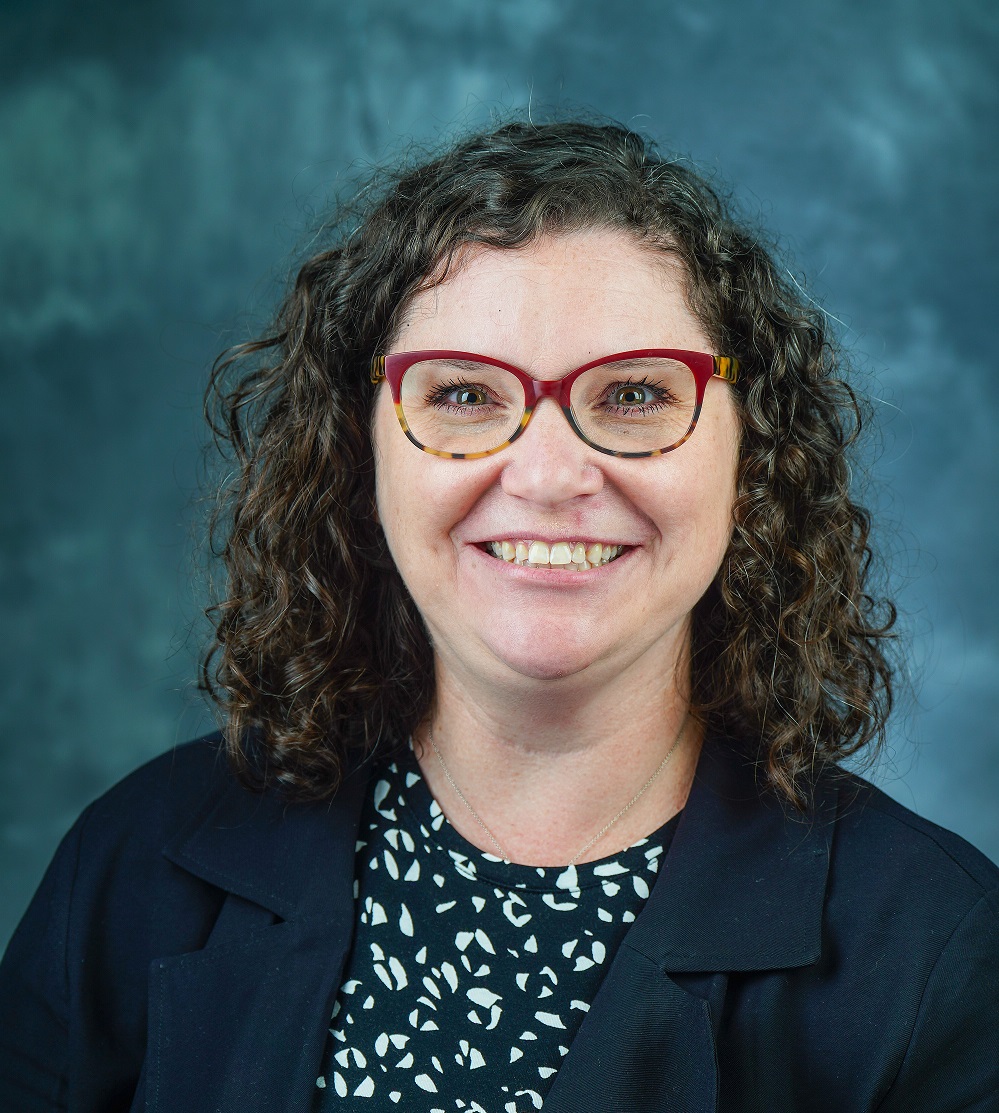
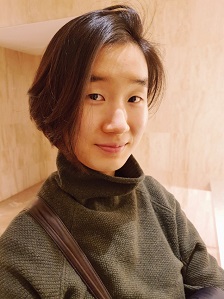
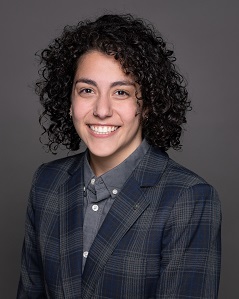
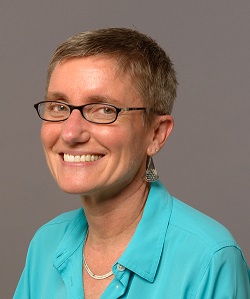
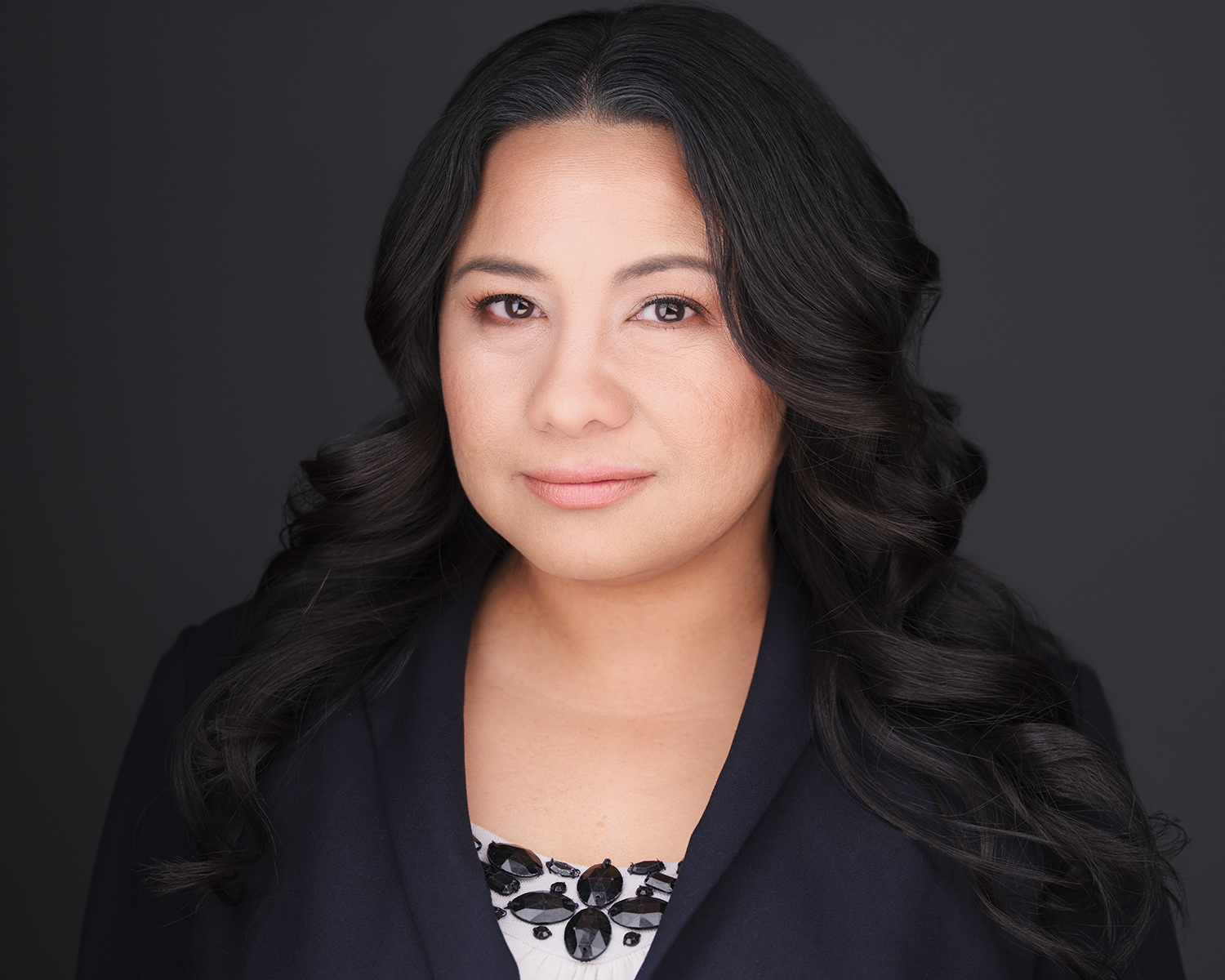
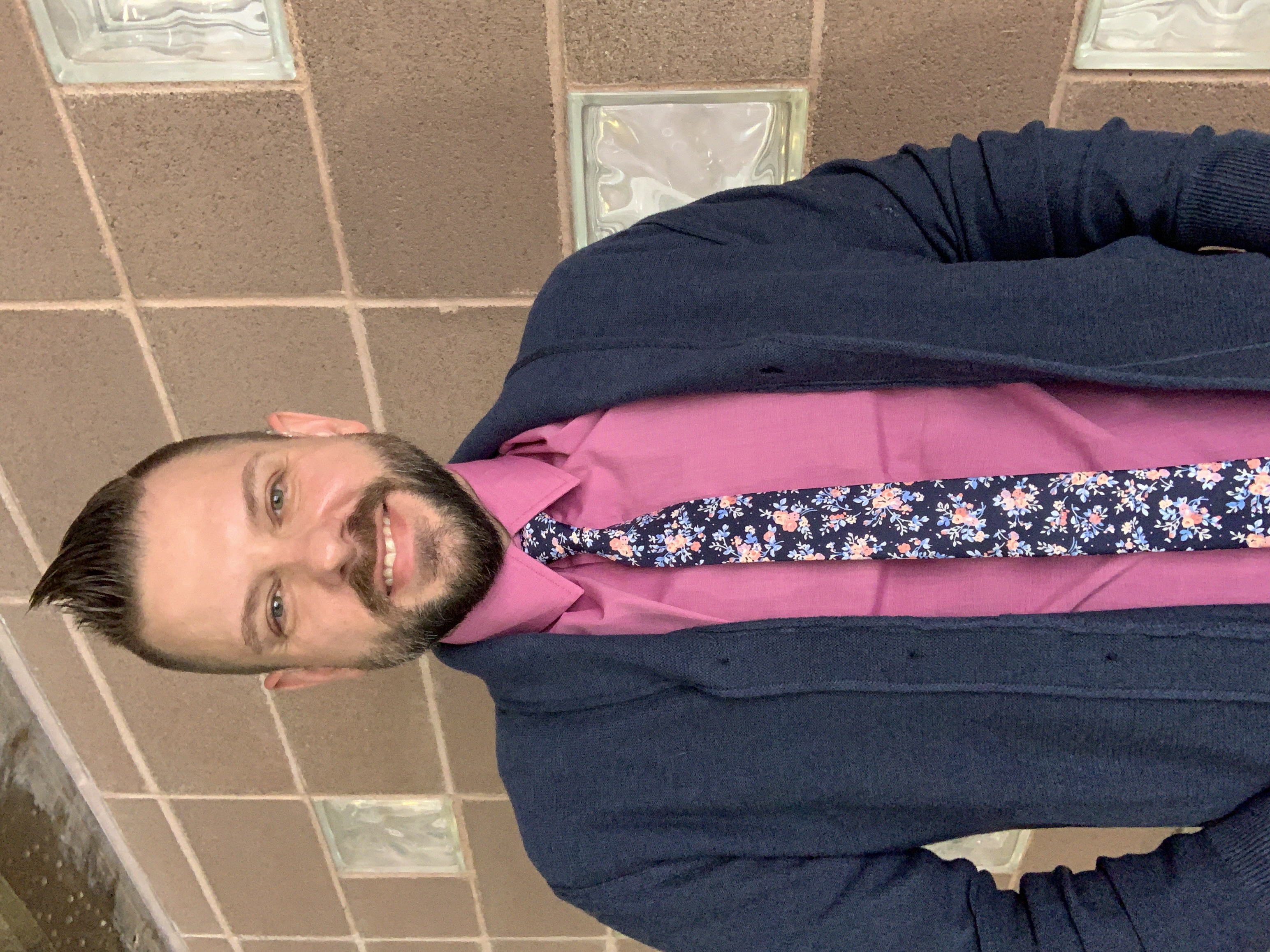

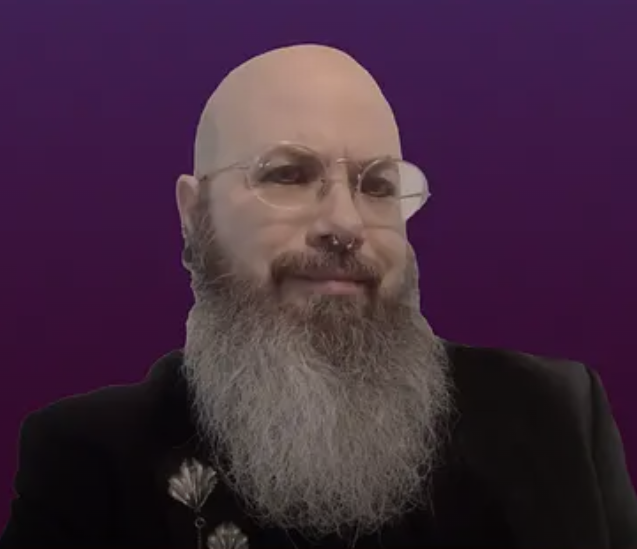
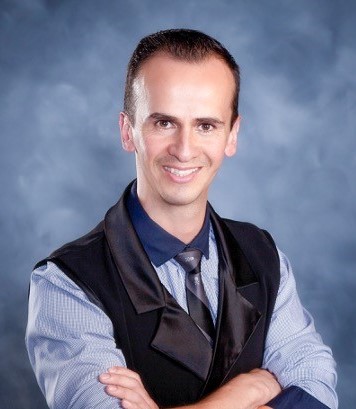
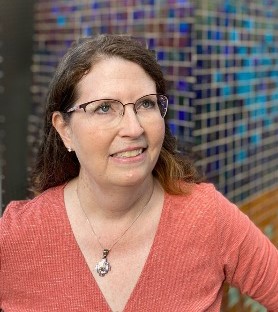
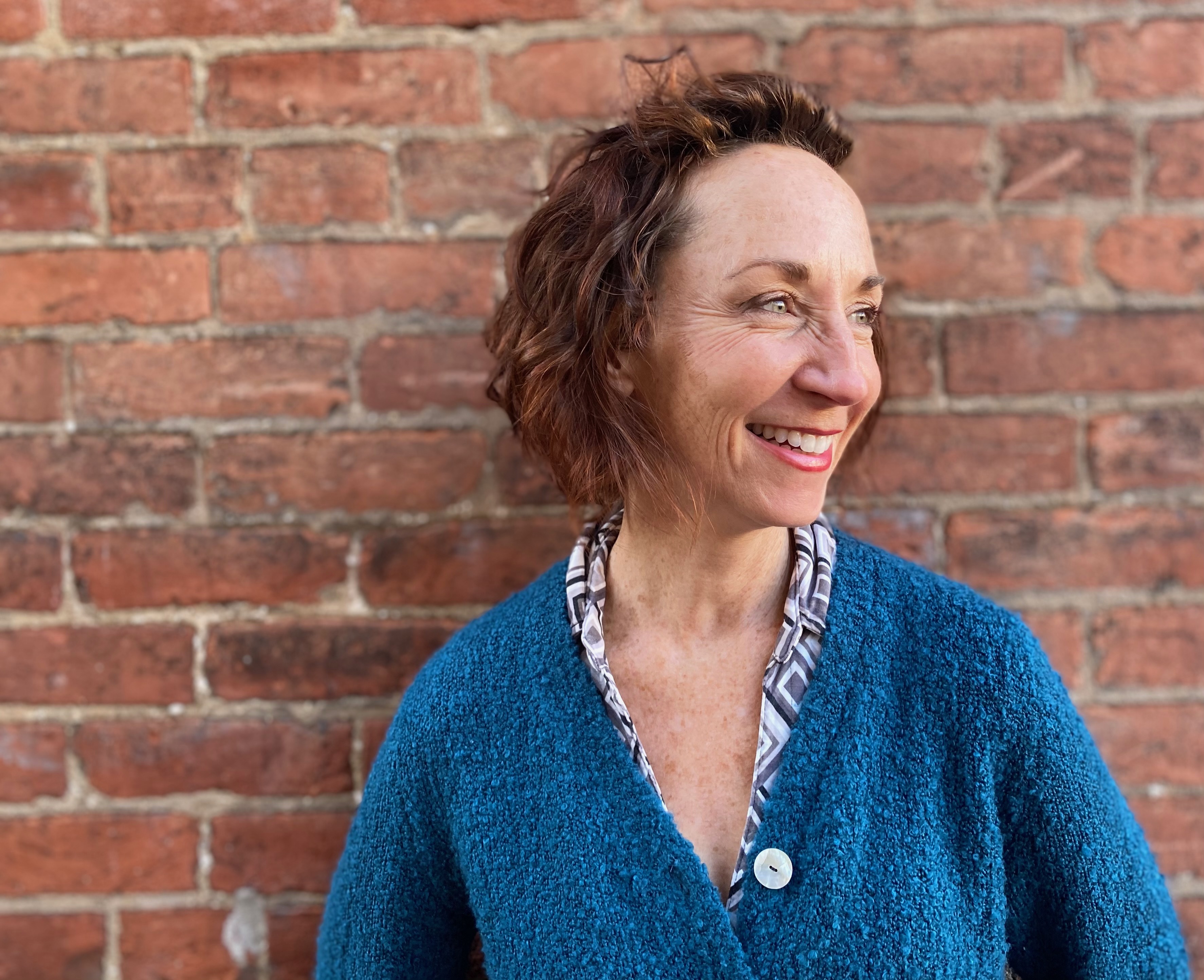
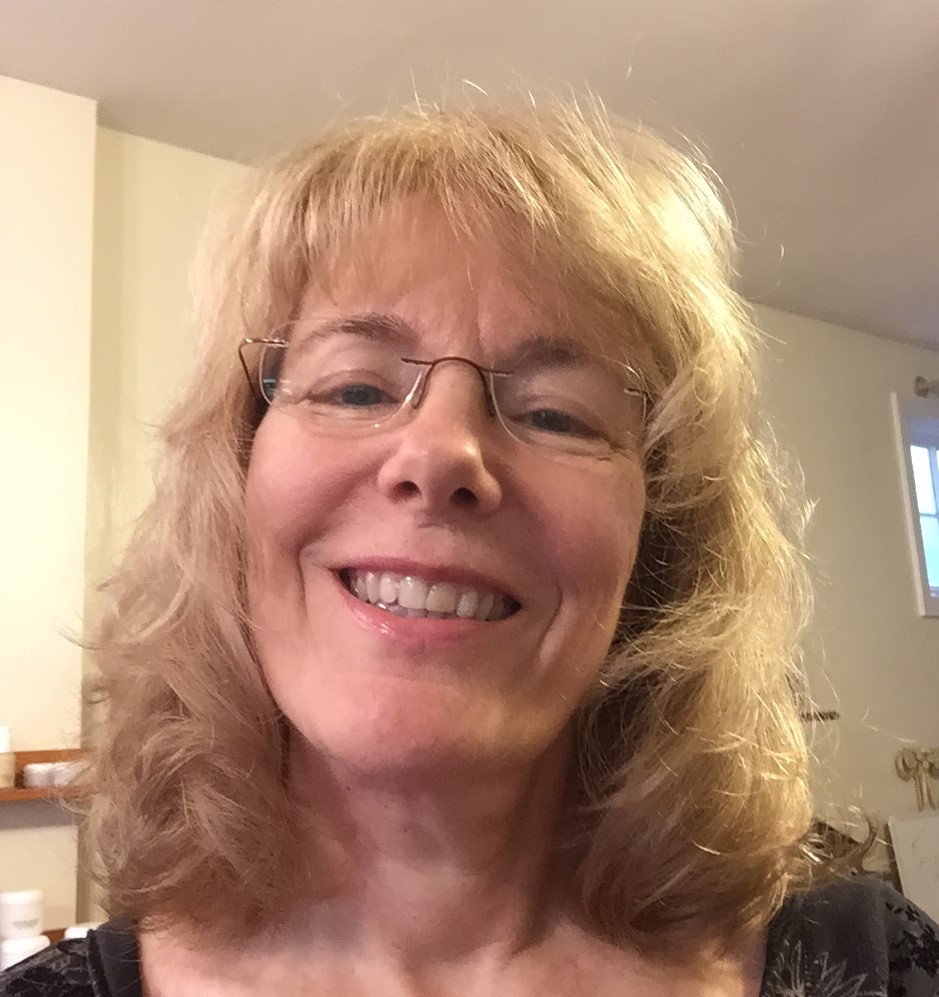
![[Image Description: A headshot of a woman with brown hair and blue eyes.]](https://kec.memberclicks.net/assets/R%20Linton%204.jpg)
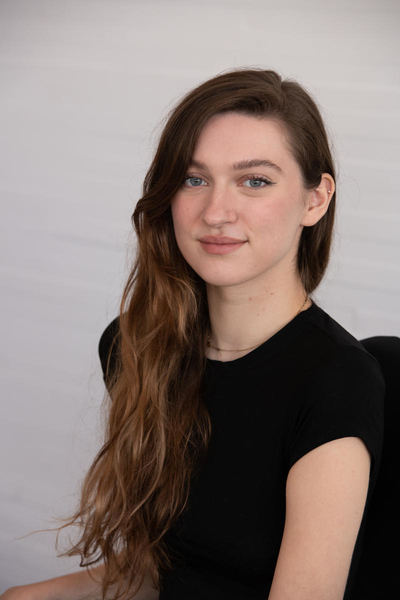 Michelle Miles may have just graduated from college in May, but her career in the arts is already off to a bright start. Miles was recognized with the Grand Prize for the 2019-2020 VSA Emerging Young Artists Program. Her work hand model will be featured in the exhibition
Michelle Miles may have just graduated from college in May, but her career in the arts is already off to a bright start. Miles was recognized with the Grand Prize for the 2019-2020 VSA Emerging Young Artists Program. Her work hand model will be featured in the exhibition ![Image Description: A headshot of a man with brown hair and a beard. He is smiling, wearing a blue shirt and brown coat, in front of a neutral background.]](https://kec.memberclicks.net/assets/A4ADCHeadshots-0567-Edit.jpg)
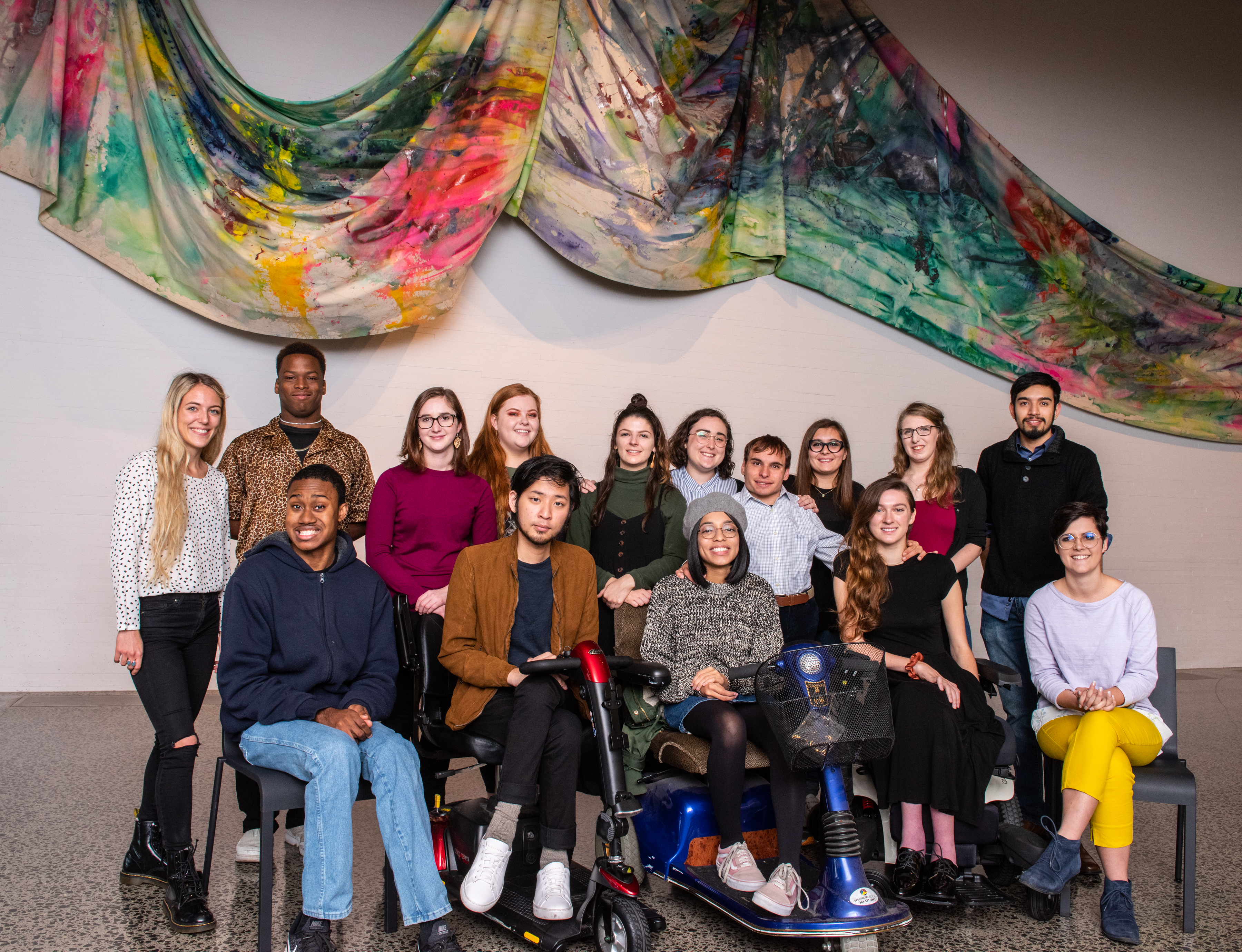 Since 2002, the Kennedy Center and Volkswagen Group of America have presented the
Since 2002, the Kennedy Center and Volkswagen Group of America have presented the  Seven years ago, Danielle Hark founded Broken Light Collective, a nonprofit organization that offers photographers affected by mental health challenges a space to share their work. Here, she talks about creating a venue to share both her own work and the work of other artists.
Seven years ago, Danielle Hark founded Broken Light Collective, a nonprofit organization that offers photographers affected by mental health challenges a space to share their work. Here, she talks about creating a venue to share both her own work and the work of other artists.